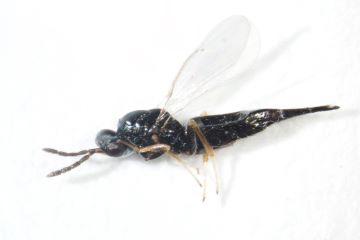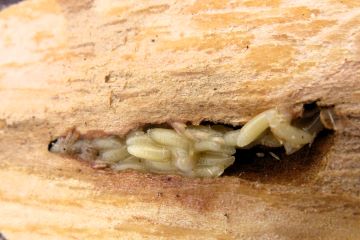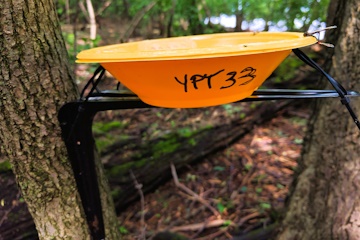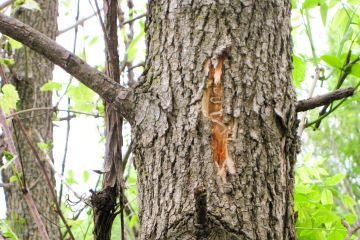The Commissioner of Agriculture oversees the Minnesota Agricultural Water Quality Certification Program (MAWQCP) in consul
This depends on the formulation. A product and process assessment by a Process Authority will still be necessary to determine if the product is an acidified or acid food.
Acid Foods are foods that have a natural pH of 4.6 or below.
Acidified Foods are low-acid foods (pH >4.6) to which acid or acid foods are added, with a water activity (Aw) greater than 0.85, and a finished equilibrium pH of 4.6 or below.
Equilibrium pH is the condition achieved when the solid and liquid parts of the product have the same pH. This may take several hours or days. If days are necessary to reach equilibrium pH, then the product may need to be refrigerated until a pH of 4.6 or lower is achieved.
Fermented Foods are low-acid foods subjected to the action of certain microorganisms, which produce acid during their growth and reduce the pH of the food to 4.6 or below.
Finished Equilibrium pH is the term used for the equilibrium pH of a finished product, in the container, after processing.
Low-Acid Foods are any foods, other than alcoholic beverages, with a finished equilibrium pH greater than 4.6 and a water activity greater than 0.85 (tomatoes and tomato products with a finished equilibrium pH of less than 4.7 are not considered low-acid foods).
Water activity (Aw) is a measure of the free moisture in a product.
Common acidified foods include: salsas of various types and styles, barbecue sauces, hot sauces, non-standard jams/jellies such as jalapeno flavored apple butter, elderberry syrups, cold-brew and iced tea beverages, some shelf-stable beverages and non-alcoholic beverage mixers.
Some acid-containing products are subject to the acidified food regulations, while others may be exempt. The following examples are products that would NOT be subject to the requirements.
- Fermented foods where the pH is reduced by natural fermentation and not by adding acid. Examples include sauerkraut, green olives, tempeh, natto, miso, kombucha, and some types of fermented pickles.
- Acid foods with a natural pH of 4.6 or below, even though acid may be added. Examples include pineapples, tomatoes, and citrus fruits.
- Carbonated beverages.
- Jams, jellies, and preserves that meet the standard of identity.
- Foods stored, distributed, and sold under refrigeration:
- Label must prominently bear the statement “Keep Refrigerated”
- Acid foods that contain small amounts of a low-acid food(s) that have a pH that does not significantly differ from the pH of the acid food. An example of this could be dried spices in a vinegar-based vinaigrette.
Acidified Food manufacturers are subject to multiple regulations. Specifically, they are subject to both the Acidified Foods Regulation 21 CFR Part 114 and Risk-Based Preventive Controls for Human Foods Regulation 21 CFR Part 117.
In addition, food processing establishments that manufacture, process, or pack acidified foods in the US., or who import acidified foods to the U.S., are subject to 21 CFR Part 108 Emergency Permit Control.
If prepared in the traditional manner using only fermentation, then it would be exempt from the acidified food regulation. A product and process assessment by a Process Authority will be necessary to ensure the product is a fermented food that will be manufactured and stored safely.
This depends on the formulation. A product and process assessment by a Process Authority will still be necessary to determine if the product is an acidified or acid food.






